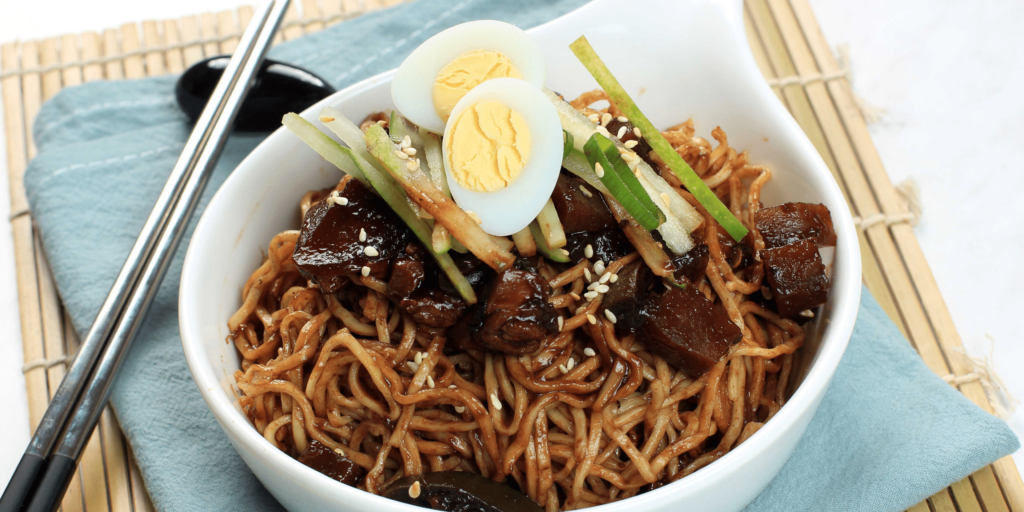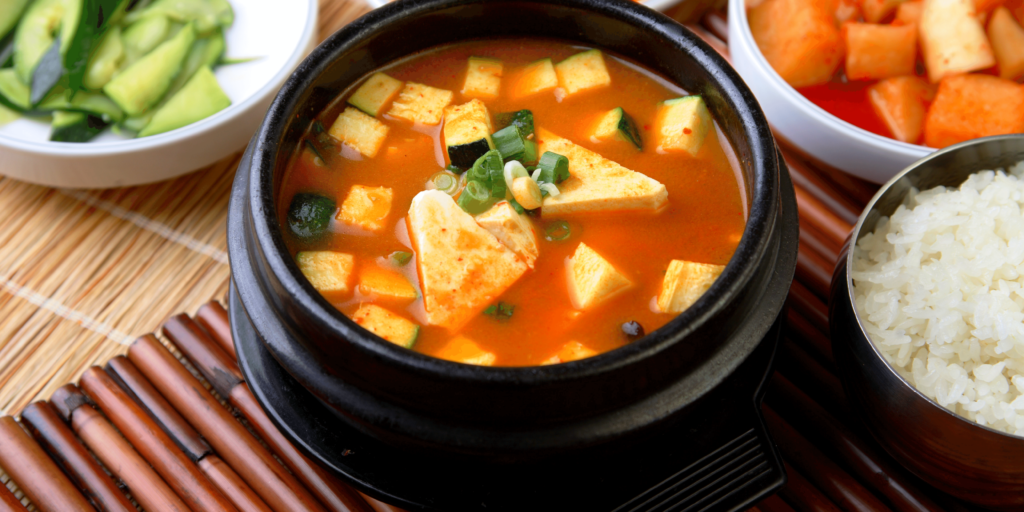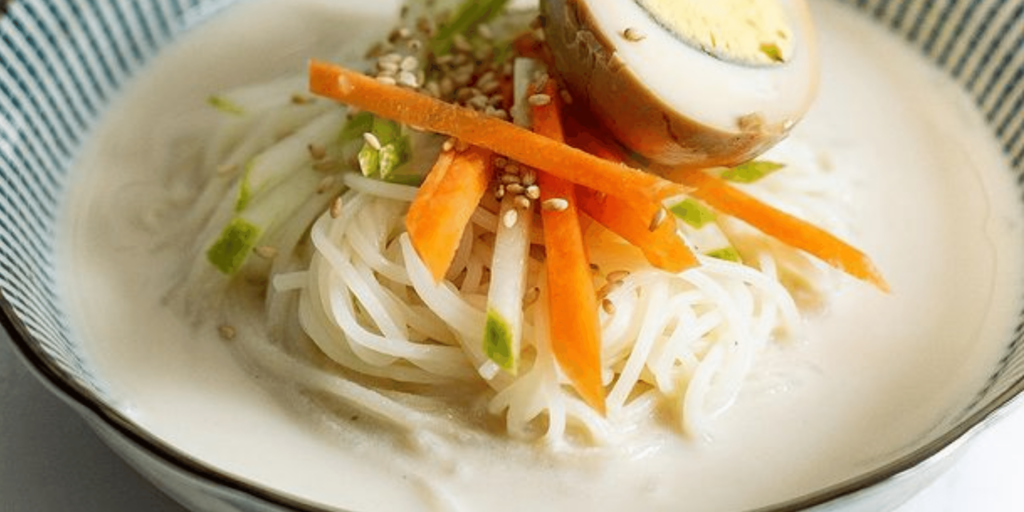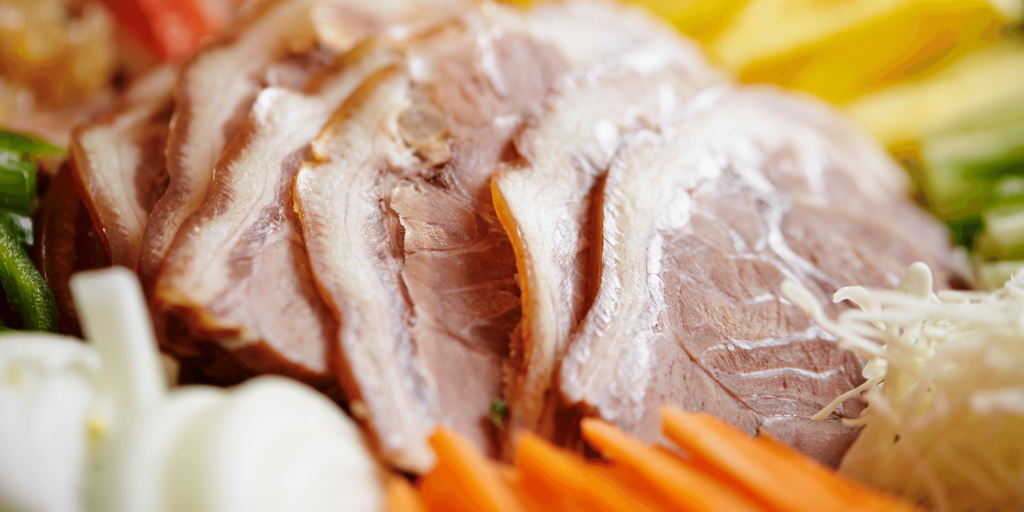Due to cultural shifts over time, Korean cuisine has changed, but it still plays a significant role in defining the nation. Here are 15 best Korean dishes we must try if you are visiting Korea or a Korean Restaurant near you.

- Kimchi (김치)


Kimchi is the cherished spicy partner at every Korean meal, and it has been there since the Silla Dynasty (around 2,000 years ago). A bed of pepper, garlic, ginger, scallion, and fermented cabbage is salted and preserved to make it.
Are you feeling daring? Switch to ggakdugi (chopped radish kimchi), a preferred side at gimbap eateries, instead of your usual red cabbage kimchi. Yeolmumul kimchi is created with immature radish stalks floating in a tangy soup and is a milder version of traditional kimchi.
2. Hangover stew (해장국)


Given South Korea’s devoted drinking culture, it’s not surprising that their hangover-curing culture is equally as developed, with a beautiful selection of spicy and steaming stews and soups serving as both pre-drinking and post-drinking beverages.
Made with chunks of congealed ox blood, cabbage, bean sprouts, radish, and beef broth, the dish’s deeply gratifying flavor works wonders to wake up your foggy mind in the morning.
3. Jjajangmyeon (짜장면)


4. Kimchi Stew (김치찌개)


Unknown to many people is the fact that kimchi may be used as an ingredient in a variety of meals that are derivative of it and fall into their own category. Red cabbage kimchi is diced, sautéed in oil, and cooked with tofu, cellophane noodles, pork (and occasionally tuna), as well as other vegetables, in kimchi-jjigae. Even though the stew owes a debt to kimchi, you can tell it has matured when it is served with kimchi on the side.
5. Soy sauce crab (간장게장)


Crab marinated in soy sauce, or ganjang gejang, can be so enticing that it’s frequently jokingly referred to as “rice thief.” The joke goes that you keep eating more rice just so you can have more gejang since it’s so tasty.
For first-timers, the flavor may be shocking because it is somewhat acidic, tantalizingly bitter, spicy, and chilly. However, gejang has been establishing itself as more of a focal point than a side dish to other seafoods among South Koreans.
6.Samgyeopsal (삼겹살)


The atmosphere in samgyeopsal restaurants is the finest part of dining there; it’s like a wild party with soju shots, sizzling pig strips on the grill, and cries for “one more serving, please!” It is smeared in ssamjang (a mixture of soybean paste called “doenjang” and chili paste called “gochujang”) or salt and pepper in sesame oil and served with lettuce, perilla leaves, sliced onions, and raw garlic kimchi.
7. Tteokbokki (떡볶이)


The famous red-orange rice cakes (tteok), which are steamed and cut into slices and cooked with fish cakes (oden) and scallions in a sweet and sour sauce made of chili paste, are so well-liked that a whole neighborhood of Seoul is dedicated to them.
The sauce has been known to contain a variety of ingredients, including ketchup and black soybean paste. Call us masochists all you want, but we can all agree that the more pepper the better.
8. Chimaek (치맥)


Chimaek, which is short for “chicken, maekju (beer),” is an institution rather than a food. Fried chicken and beer, two unexpectedly uninteresting dishes, make a fantastic combination.
On their own, neither the beer nor the chicken portions stand out. However, their success as a single entity shows a magnificent mix that millions of Koreans gorge on every weekend.
9. Bibimbap (비빔밥)


This Korean dish is essentially a salad of rice, mixed veggies, rice, meat, and egg, seasoned with sesame oil and a dab of chili sauce.
We love how inexpensively and swiftly we can eat our favorite meal, even though former Korean rulers would undoubtedly be astonished at how the royal cuisine has permeated the palates of the common people.
10. Doenjang (된장)


Soy sauce is frequently thought of when people think of Asian food. But this soybean product, a paste manufactured from dried and fermented soybeans in a procedure too intricate to go into here, also produces soy sauce as a byproduct.
Similar to Australian vegemite, this brown, grainy paste is not the tastiest meal in the world, and it takes some getting used to. But once you have that taste, good luck attempting to live without it.
11. Gimbap (김밥)


The making of gimbap is similar to the millefiori technique used in Italian glasswork, and the final product frequently appears to be too beautiful to eat.
A sheet of laver seaweed (gim), rolled and firmly packed with sauteed veggies, ground beef, sweet pickled radish, and rice, was then cut into bite-sized circles.
12. Jjambbong (짬뽕)


Together, this dish and the soupier, spicier jjajangmyeon form the foundation of Korean Chinese takeout food.
Although noodles predominate in terms of sheer quantity, the soup’s flavoring ingredients, onions and chile oil, really demand your attention. Few are able to complete this dish as its whole, although many attempts. On top of the noodles are huge amounts of onions and other vegetables that have been covered in chile oil.
13. Kongguksu (콩국수)


Some people may find this dish to be dull, but once you get used to the slight bean flavor, you will develop a love for this chilly, creamy, textured noodle dish that no other summer dish will be able to match.
If the hand-ground, snow-white soybean and the light, spring green julienne cucumbers on top don’t give it away, kongguksu is a nutrient-dense dish that is also suitable for vegetarians.
14. Bossam (보쌈)


Bossam is fundamentally steamed pork, as is commonly the case with many South Korean meat dishes.
The steamed pork is cut into bite-sized squares, wrapped delicately in a leaf of lettuce, perilla, or kimchi, then drizzled with dipping sauce. This is the secret to the dish’s success. The two conventional choices are ssamjang, a brutally salty pink sauce consisting of tiny pickled shrimp, and saeujeot. Ssamjang is made of chile paste and soybean paste (doenjang).
Dipping and wrapping are necessary.
15. Japchae (잡채)


At feasts and potlucks, japchae, a side dish made of cellophane noodles, pork, and various veggies cooked in soy sauce, is most frequently served.
Although there are no specific guidelines governing the particular combination of veggies in japchae, the majority of recipes won’t deviate much from the typical selection of mushrooms, carrots, spinach, onions, and leeks.
